6 Winter Interest Perennials
Looking for a bit of beauty during drab, gray days? Find it in these six perennials, which bring flowers, berries, color & fragrance to the darkest of months.
The best part—these tough plants don’t need much TLC. Well-draining soil is a must, with many preferring acidic soils. That means even new gardeners can boast big successes: Using sand or clean wood ash, properly amend soils prior to planting then watch the beauty unfold throughout the seasons.
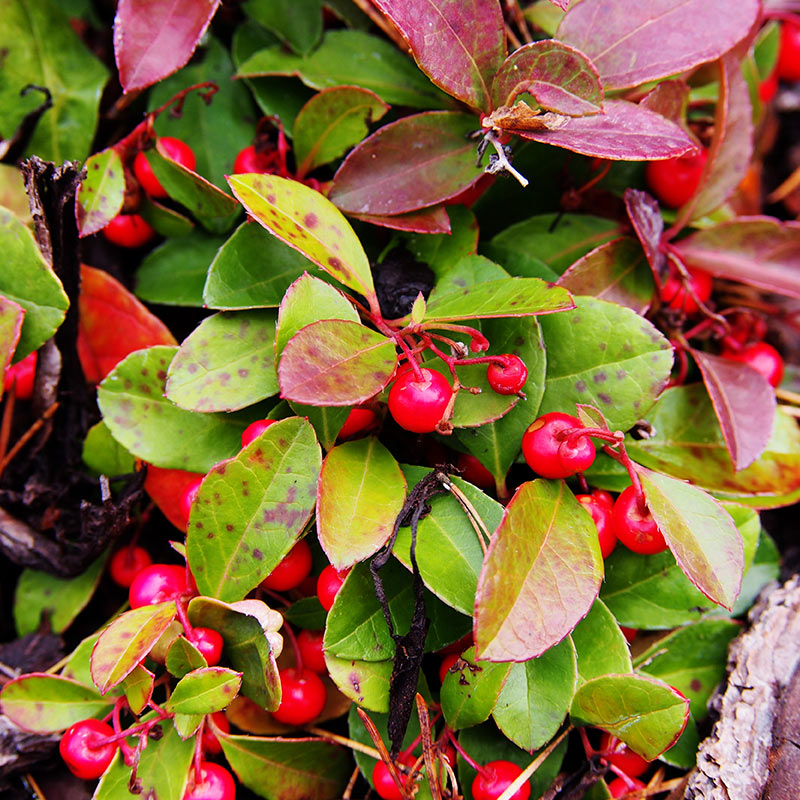
Gaultheria procumbens, G. ovatifolia
Tough as Teaberries
True to its name, wintergreen keeps its glossy leaves through the coldest of months. In the same family as rhododendrons and heaths, wintergreen thrives in acidic soil. Its colloquial name, teaberry, stems from its berries that can be used to make—wait for it, tea. Leaves have a strong, minty fragrance, and both berries and leaves were used to make a hot drink favored by indigenous people.
GROWING GUIDE: Low-growing wintergreen does best in bright locations and out of the hot sun. The North American native doesn’t shed its leaves, but minor pruning in spring will encourage new, bushy growth. Water only when necessary.
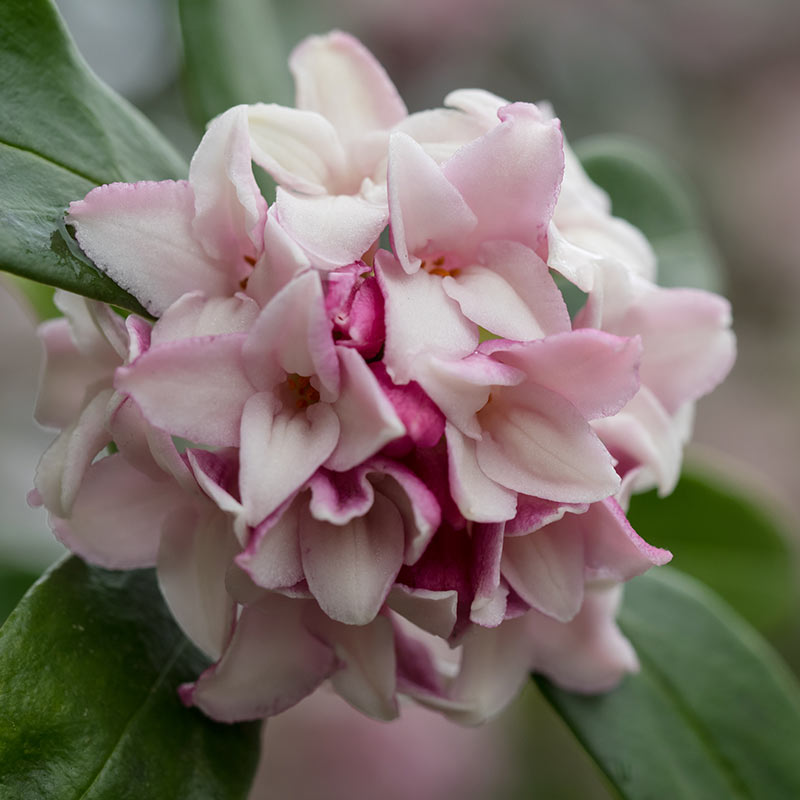
Daphne spp.
Heaven-Scented Beauties
Flowering as early as February, daphne is best known for two things: its unforgettable fragrance and temperamental disposition. These finicky favorites of Northwest gardeners are known to just up and die. With compact clusters of four-petal blooms, caring for daphne is worth the extra effort.
GROWING GUIDE: Here’s what kills daphne: Too little drainage, too much care, and transplanting. Excellent drainage is of utmost importance. Some local aficionados grow daphne in sand only and fertilize rarely, if ever. A transplanted daphne likely is a dead daphne—so don’t chance it unless you’re okay with letting go. These slow-growing showstoppers prefer at least three hours of afternoon shade.
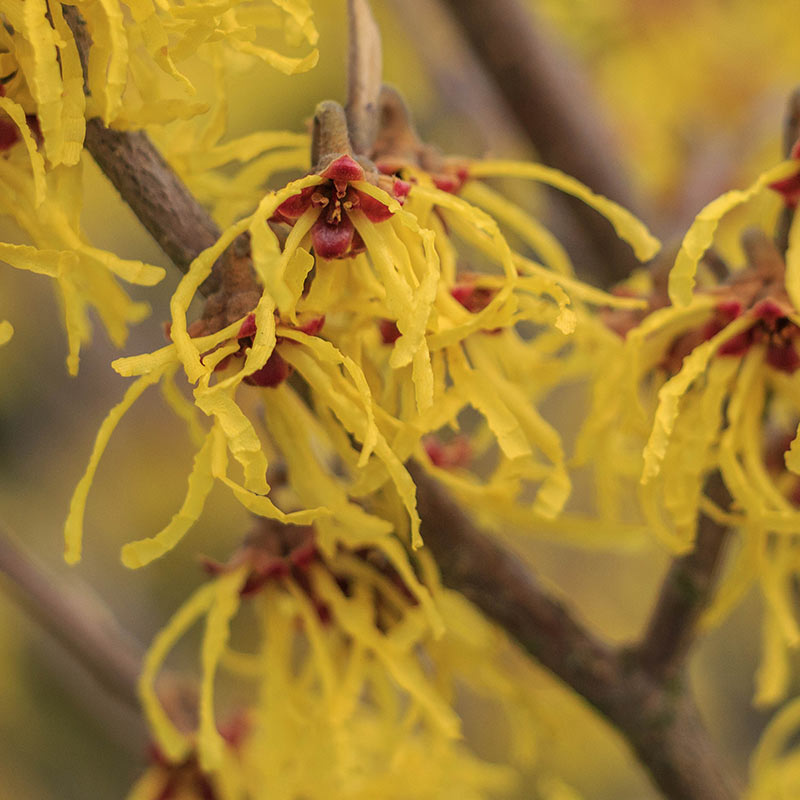
Hamamelis x intermedia spp.
Astringent Winter Wonder
A spell of frigid weather brings this ice queen to life. In the midst of weary winter months, witch hazel shrubs perfume the air with wild-looking blooms on leafless branches. Count on witch hazel flowers January through March. Cut a branch, put it in a vase and enjoy a fragrant harbinger of warmer days to come.
GROWING GUIDE: Hardy and tolerant, summer care is the key to a winter-blooming witch hazel. Plant in full sun and amend soil with compost. In summer, add a thick layer of mulch and water well during dry spells. Summer is also the time to cut away any suckers emerging from the ground, and prune if you like.
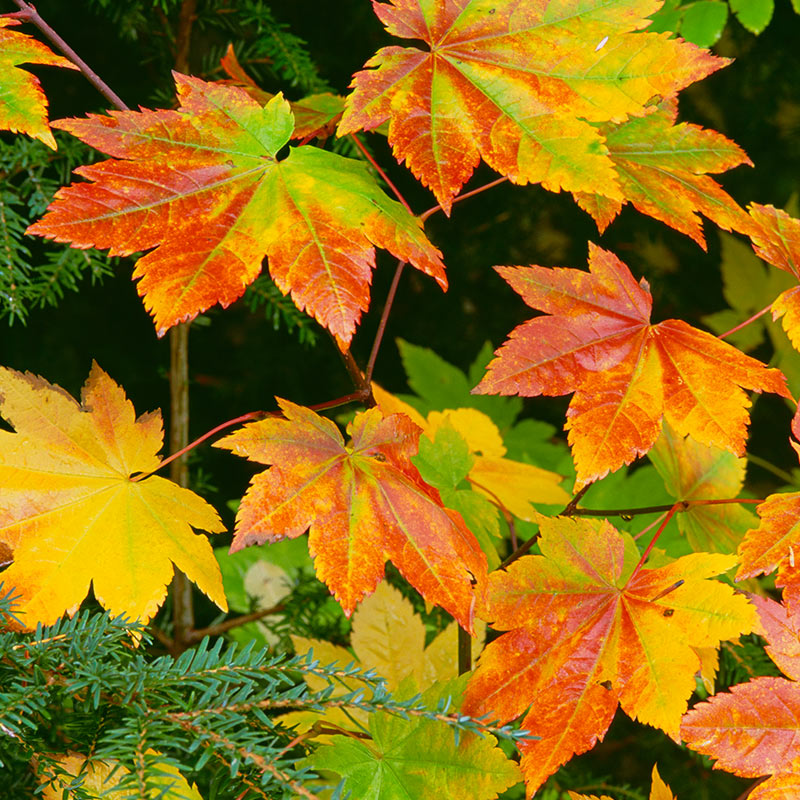
Acer circinatum spp.
Northwest Native
This Northwest native brings fire to your yard during the chilliest of months. Autumn leaves turn from greens into golds, crimsons & russets, then drop to reveal stunning red branches or bright bark. Some cultivars are more shrub-like, while others grow more tree-like, topping out at 20 feet.
GROWING GUIDE: Low-maintenance vine maples thrive in acidic soil rich in organic matter. Establish where protected from full afternoon sun. For its first summer, water during dry spells. These maples grow equally well in deep shade to near-full sun. Prune during winter dormancy, if desired, for shape.
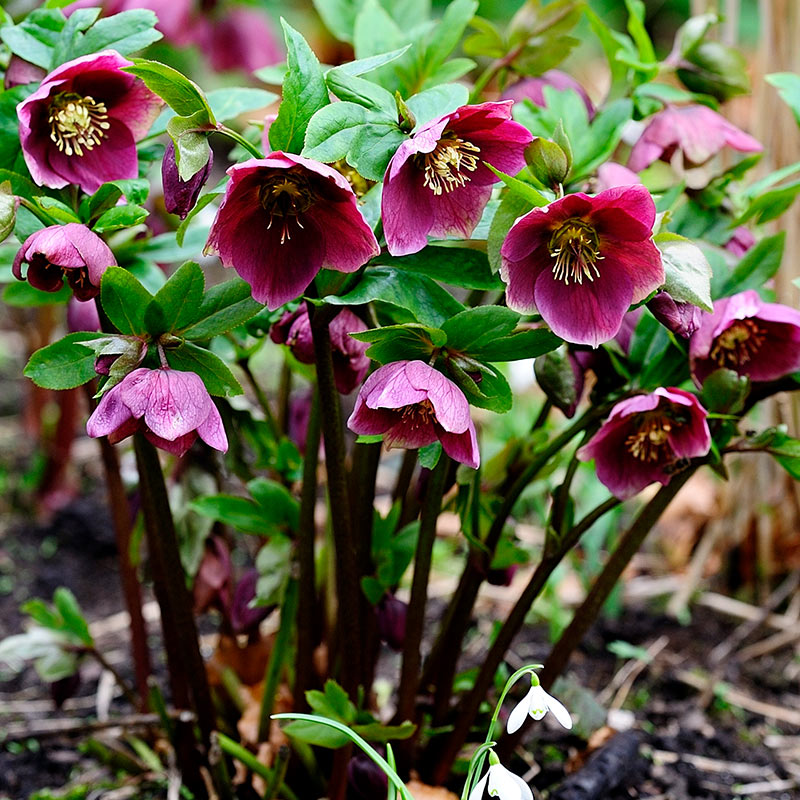
Helleborus orientalis, H. x hybridus spp.
Boring it Isn’t
Despite colloquial names like Christmas rose and Lenten rose, this buttercup-family plant isn’t a rose at all. Dormant during summer months, cup-shaped blooms emerge January through April, depending on species. Hellebore varieties have stems (caulescent) or may not (acaulescent), with leaves as interesting as its flowers.
GROWING GUIDE: Easy-growing hellebore is happiest in well-draining soil, which should be top-dressed annually with lime to counteract our acidic soil. Aphids are a problem, so hose those pesky guys off or apply neem oil. Spent flower stems should be pruned to the base.
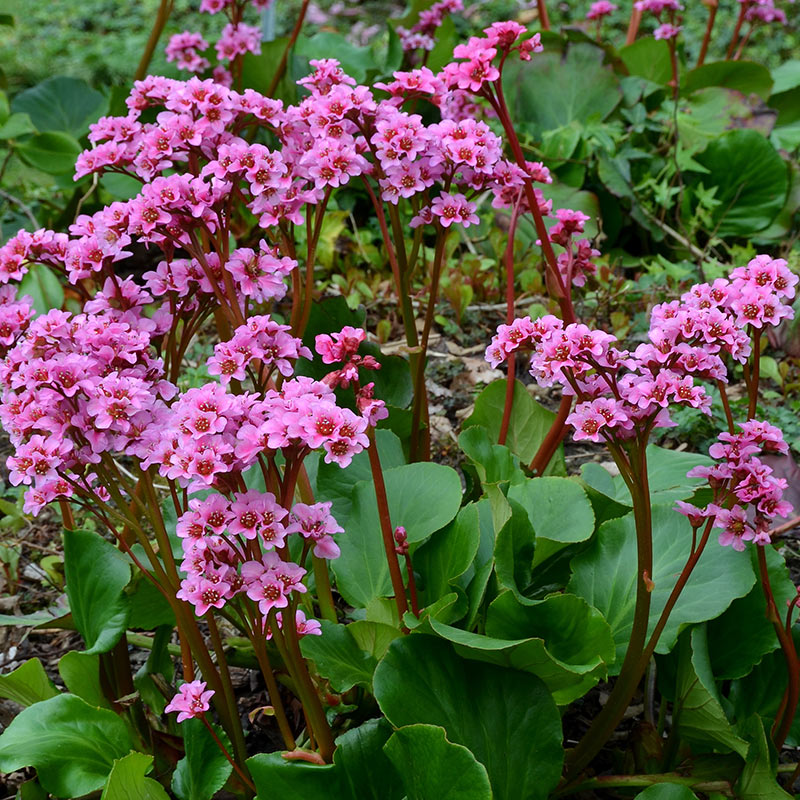
Bergenia spp.
Made in the Shade
This shady lady and her bodacious color-changing leaves is low-growing stunner sure to cheer up dark garden corners. Also called pigsqueak for the sound it makes when two leaves rub together, bergenia leaves turn burgundy in the fall. Reaching 15 inches tall, this evergreen does well in plantings and containers, alike.
GROWING GUIDE: Simple-living bergenia needs well-draining soil, kept moist by shade. Amend soil with compost as needed. Remove dead leaves in the spring, and don’t touch it in the fall—its leaves supply bergenia with energy through winter for beautiful, early-spring blooms.

